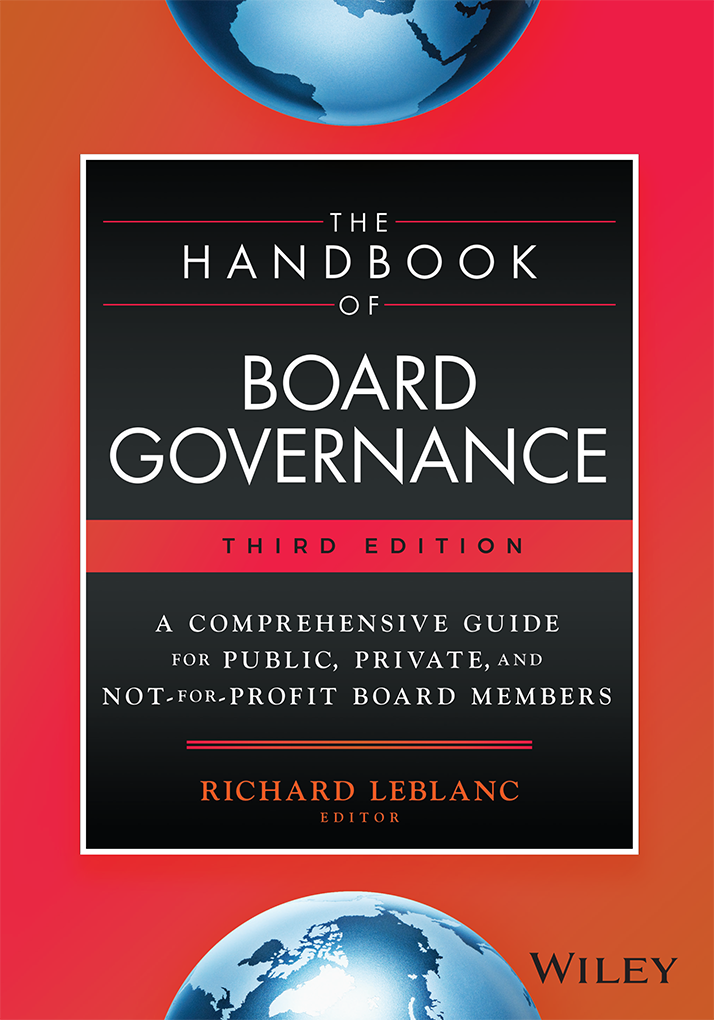Last night on the national news, embattled imaging-seller Kodak was compared to Research in Motion by a commentator comparing both companies’ inability to exploit advantages that they originally created. Regarding Kodak, one younger woman who was interviewed remarked, “What is film?”
A few weeks ago, I took a friend into a Black’s Photography store to have a digital picture taken for a LinkedIn profile picture. I asked the employee if he could take several digital pictures and email them to us so we could select one. The person had not even heard of social media, let alone LinkedIn, and said that the store could only take passport photos in hard copy form. Then we drove up the street to another picture store. This time we were told that there is a $300 “sitting fee” to have a picture taken. I took my friend’s picture myself with my digital camera and we downloaded the picture into LinkedIn in less than 15 minutes. I replaced my blackberry phone with an iPhone about three years ago. I doubt these photography stores – and maybe even RIM – will exist in their present form in the next few years.
Kodak is on the brink of bankruptcy. Three of its directors resigned this week. In a Harvard Business Review blog, an adjunct professor Simon Wong wrote a post questioning whether independent directors should flee their companies in times of trouble. Wong argued that it’s problematic for such directors to leave when they are “most needed.” Professor Michael Useem from Wharton maintained that leadership means you “stay the course.”
I would argue the opposite. The very people who caused the problem are unlikely the ones to solve it. These directors are probably “least needed.”
The question is not whether failed directors should stay on boards, but why they were not replaced sooner. Directors should be much easier to hire and fire by shareholders. Today, it’s virtually impossible to do either easily. These two things need to change for corporate governance to improve.
Kodak’s business model should have changed two years ago and maybe if shareholders could replace the directors more easily who were incapable of changing the management and business model, this actually would have been better.
Shareholders should not have to fight long, expensive public relations or proxy battles or arm-twist behind closed doors to effect change because they have no legal channel to do otherwise. Right now in Canada, shareholders cannot even vote “against” a director (they must either vote “for” or “withhold”), and a director can be elected to a board with a single vote “for” under existing legislation. This also needs to change to give power to shareholders to nominate and replace board members of the companies they own.
Currently, troubled boards drag their feet, are silent, write letters, conduct studies, avoid meetings, and refrain from making the tough changes necessary. They do so simply because they can. We see examples of this almost on a weekly basis. Why is this so? Self-interest and lack of courage.
The self-interest is obvious. Directors are conflicted as they are assessing their own performance and would rather not advocate their own replacement. Change will unlikely come from within.
Regarding lack of courage, experienced non-executive chair and activist investor, Henry D. Wolfe, a member of the LinkedIn Group, Boards and Advisors, when speaking of directorial courage from an investor’s perspective, wrote yesterday:
“From an investor’s perspective, if I am aware that directors in a company in which I have a position are acting cowardly because they fear the ramifications, then I would be inclined to take action to replace those directors with individuals who will not shirk from taking the action necessary, including speaking their mind, to aggressively pursue the maximization of the funds that I have invested.”
Why do boards lack courage, or the willingness to act during non-performance and significant declines in shareholder value? Three reasons: they are not truly independent (I have written about director independence earlier); they lack the recent and relevant industry experience to know what to do; and they lack leadership. They therefore become captured by management, defaulting to process and denial rather than making tough choices in the interests of shareholders.
Corporate governance is a rather genteel sport at present. Many directors of companies have not led or significantly influenced the very industries as executives on whose corporate boards they sit. Be it technology, transportation, mining or financial services, if you scrutinize failed or underperforming boards or companies – really scrutinize – this serious shortcoming – the lack of industry experience and leadership – will become obvious. Many more directors need to have been the primary person responsible for driving superior performance and redefining competitive dynamics within the industry for corporate boards to be effective. These directors should be sourced globally. Local accountants, lawyers, business school deans, consultants, politicians, and even CEOs of unrelated industries are nice but they should be the minority. A majority of these latter individuals is not the recipe for an effective board. Sadly, many corporate boards look like this, are dated, and are in dire need of renewal and diversification.
Lastly, and most importantly, boards need to be independently led, in substance and form. First and foremost, the nonexecutive chair should have a deep and full understanding of value creation for shareholders and a mindset for the longer term; be disciplined and focused on strategy development and execution; and be able to lead and inspire – really lead – independent directors and maximize their engagement, performance and focus on the most critical objectives. Any board that is ineffective likely has an ineffective chair.
Then, and only then – when a board is independent, composed of industry leaders, and effectively led – will it rise up and have the will to act. The fact this has not happened yet in many troubled companies means change must occur by shareholders rather than from within. Regulators would be well served to enable corporate governance changes to be facilitated by investors.
Posted by Richard Leblanc on Jan 10, 2012 at 2:29 pm in Board and Committee Leadership, Direction, Strategy and Planning, Meetings and Decision-Making |












